Constructivism interior design draws its power from geometry, industry, and clear visual structure. Born from the early 20th-century Russian art movement, this style reflects bold form, unapologetic purpose, and a forward-looking aesthetic. In a time when interiors are saturated with trends, Constructivism offers something different—structured spaces with real intention.
This design language suits those who admire architectural influence in living environments. It speaks through lines, edges, contrast, and rawness. Interiors shaped by Constructivism feel like urban canvases—bold, abstract, and intellectually striking.
1- Origins and Philosophy
Historical Background
Constructivism began as an artistic philosophy in 1913, pioneered by artists like Vladimir Tatlin and El Lissitzky. It focused on utility and visual logic. This style rejected decorative excess, instead embracing structure and industrial elements.
Ideological Roots
It was more than visual appeal. The movement emphasized order, clarity, and the role of design in daily life. The purpose was to make space rational—every shape had a reason, and each form served meaning.

2- Core Elements of Constructivist Interiors
Geometric Dominance
Shapes take center stage in this style. Triangles, squares, and circles often dominate layout and decor. Geometry appears in shelving systems, light fixtures, and wall divisions.
Structural Expression
Ceilings, beams, piping, and other elements usually concealed are left visible. Not hidden, but highlighted. Walls may reveal concrete or exposed brickwork. Metal joints or bolts remain part of the aesthetic.
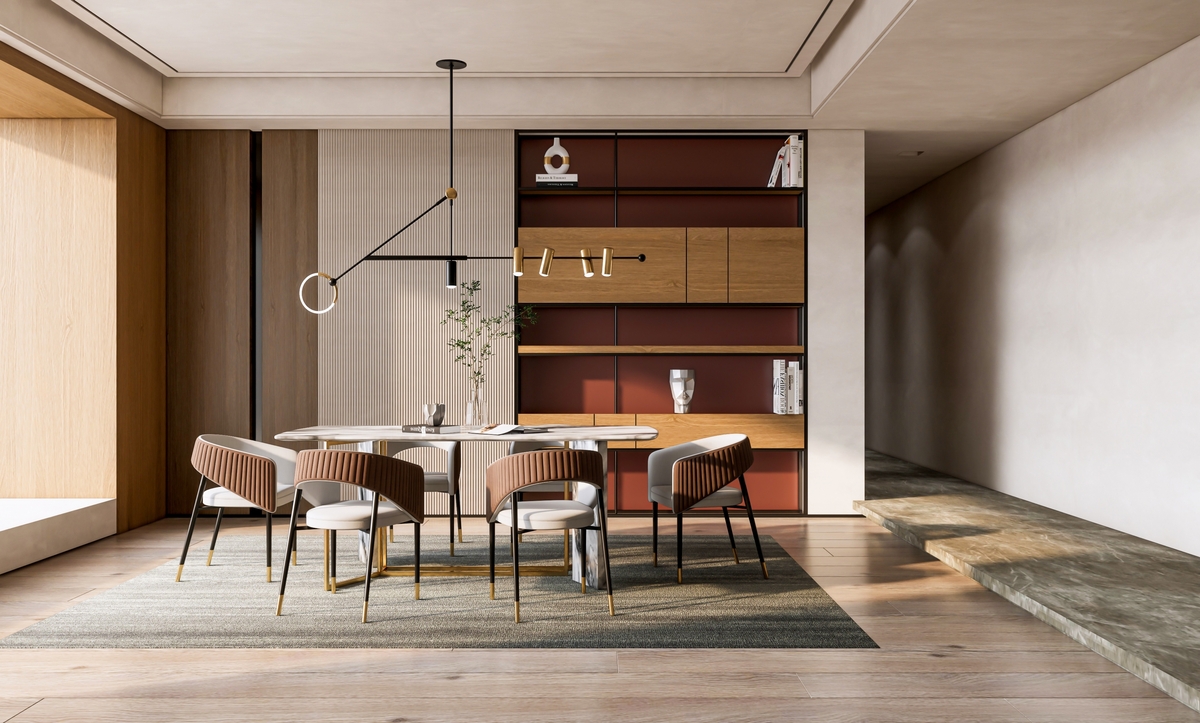
Industrial Materials
Metal, concrete, and glass play critical roles. Their raw textures create the backbone of Constructivist interiors. Wood is used sparingly and usually in pale or ash tones.
Graphic Contrast
Black meets white. Red cuts through grey. This style thrives on contrast, especially in accents. Clean backdrops allow colored geometry or line art to pop. The contrast is visual—but also symbolic.
3- Color Story in Constructivism
Monochrome Base
Black, white, and shades of grey form the core palette. They create visual space for architectural form to shine. These neutral tones allow structural elements to stand out.
Primary Accents
Red is a key accent. Sometimes blue or yellow steps in. These are not used randomly but placed in blocks or lines that feel architectural. Color becomes a structural element.

Matte Finishes
Glossy surfaces are rare in Constructivist interiors. The preference leans toward matte—especially on walls, metals, and flooring. This finish supports the raw, grounded feeling of the style.
4- Furniture Approach
Minimalist Profiles
Furniture follows clean lines and geometric symmetry. No ornamental features, no soft curves. Designs often appear modular or grid-like. Open shelving or metal-framed units are common.
Purpose Over Decoration
Every piece has a use. There’s little space for extras. Think of bookcases that double as room dividers. Or desks with visible joinery, adding to the visual logic of the room.

Neutral Textures
Upholstery stays within monochrome or earthy ranges. Fabric is tough-wearing. Leather may appear, but usually in black or tan, never ornate. Texture supports the style, not distracts from it.
5- Spatial Layout Principles
Defined Zones
Rooms feel open but intentionally divided. Clear lines separate areas—living, dining, working. Furniture, color blocks, or suspended frames may define space rather than walls.
Vertical and Horizontal Axis
Balance comes from axis-based design. Strong horizontal lines often run across walls or ceilings. These are broken with vertical shelves, poles, or narrow windows. The result is visual order.

Symmetry and Tension
Some layouts use symmetry for stability. Others build tension through slight imbalance—off-center shelving or diagonal patterns. This interplay keeps the style dynamic.
6- Decorative Elements
Bold Typography
Large-scale numbers or letters on walls, often in black or red, tie the space to its Constructivist roots. These are not slogans—they’re visual structures.
Abstract Graphics
Wall art is sparse but striking. Abstract pieces in geometric form echo early Constructivist posters. Lines intersect, circles repeat, colors contrast.

Lighting Fixtures
Industrial lighting defines the ceiling. Track systems, exposed bulbs, and angular metal shades dominate. Fixtures feel engineered, not ornamental.
7- Materials and Surfaces
Concrete Statements
Floors and sometimes walls embrace the cold texture of concrete. Polished concrete brings light reflection without gloss. It gives weight to the room.
Metal Frameworks
Steel beams, iron furniture legs, or aluminum rails add rhythm to space. Metal holds structure visually and physically. Often powder-coated in black or grey.
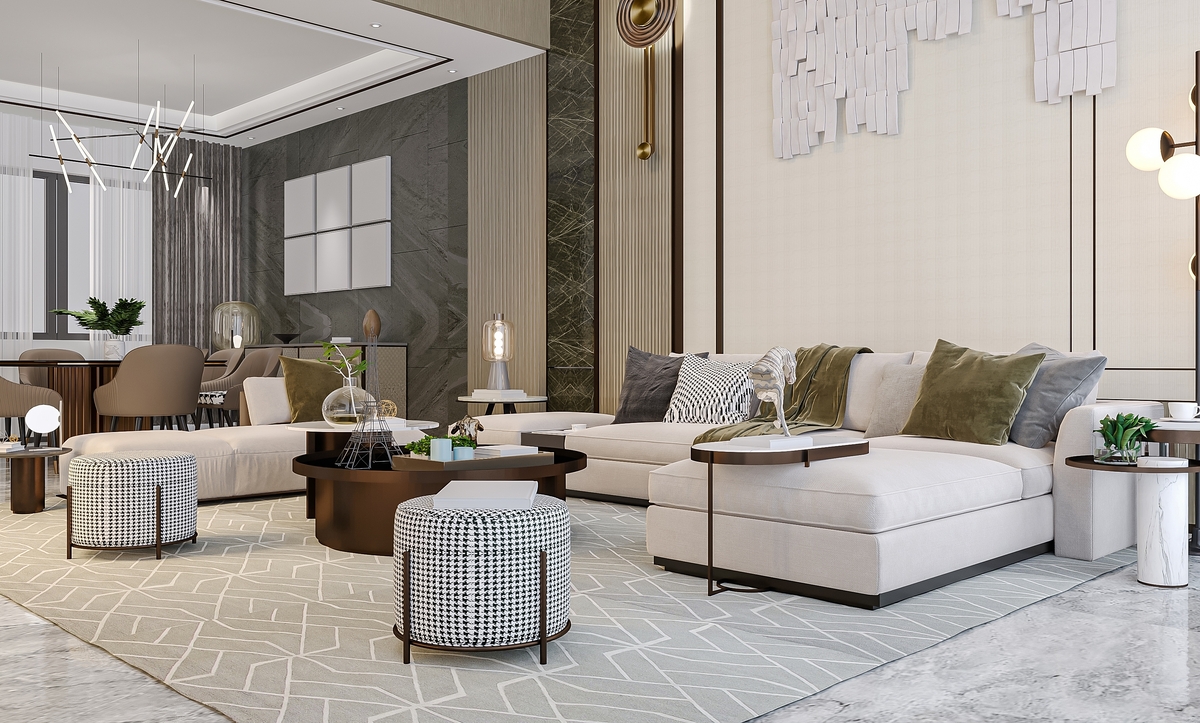
Transparent Partitions
Glass panels separate rooms without blocking light. These partitions create division without isolation. The look remains open, logical, and connected.
8- The Modern Appeal of Constructivism
Urban Aesthetic
Today’s cities inspire interiors that reflect urban experience. Constructivism, with its steel and stone language, fits this lifestyle. It matches the pace and mindset of those who thrive in minimal yet powerful spaces.
Architectural Appreciation
This style attracts those drawn to architectural thinking. Not just how space looks—but how it works. Constructivism rewards those who think spatially and value clarity.
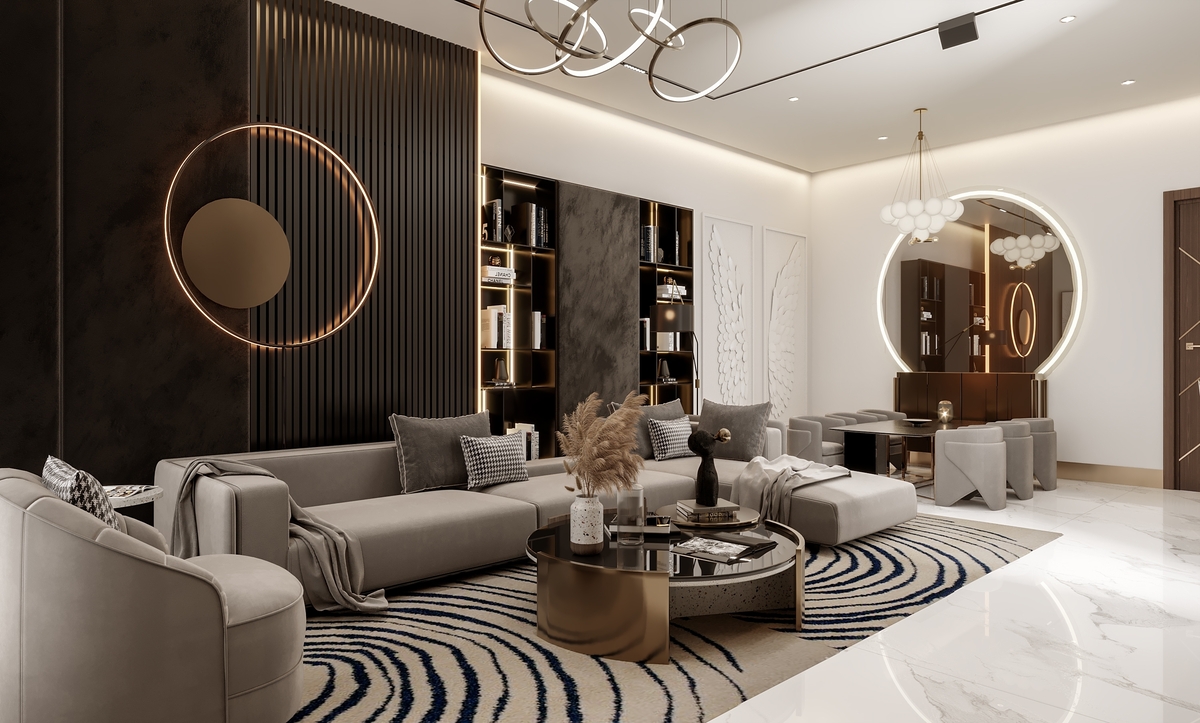
Balanced Rawness
While industrial at heart, it doesn’t feel cold. Smart lighting, strategic softness in textiles, and carefully placed color accents keep it livable. It strikes a balance.
9- Styling Tips for a Constructivist Space
Start with Structure
Strip back. Reveal bones of the building where possible. Exposed walls, ceilings, or ductwork bring immediate character.
Think in Lines
Avoid curves or organic shapes. Instead, choose furniture, shelves, and art with sharp angles or repeating lines. The sharper the geometry, the better the fit.

Use Color Wisely
Limit color to purposeful accents. Avoid pastels or soft shades. Instead, go bold and blocky—especially red or blue against white or grey.
Mix Metals and Textures
Play with brushed steel, matte black iron, or raw concrete. Mix textures but stay within a muted spectrum. A balanced contrast adds dimension without chaos.
10- Is Constructivism Right for You?
Love of Design Theory
Those who appreciate design not just visually—but intellectually—will feel at home in this style. It’s for people who see beauty in discipline.
Minimalist Yet Visual
You may like clean spaces but want visual structure. If pure minimalism feels empty, Constructivism adds edge and meaning.
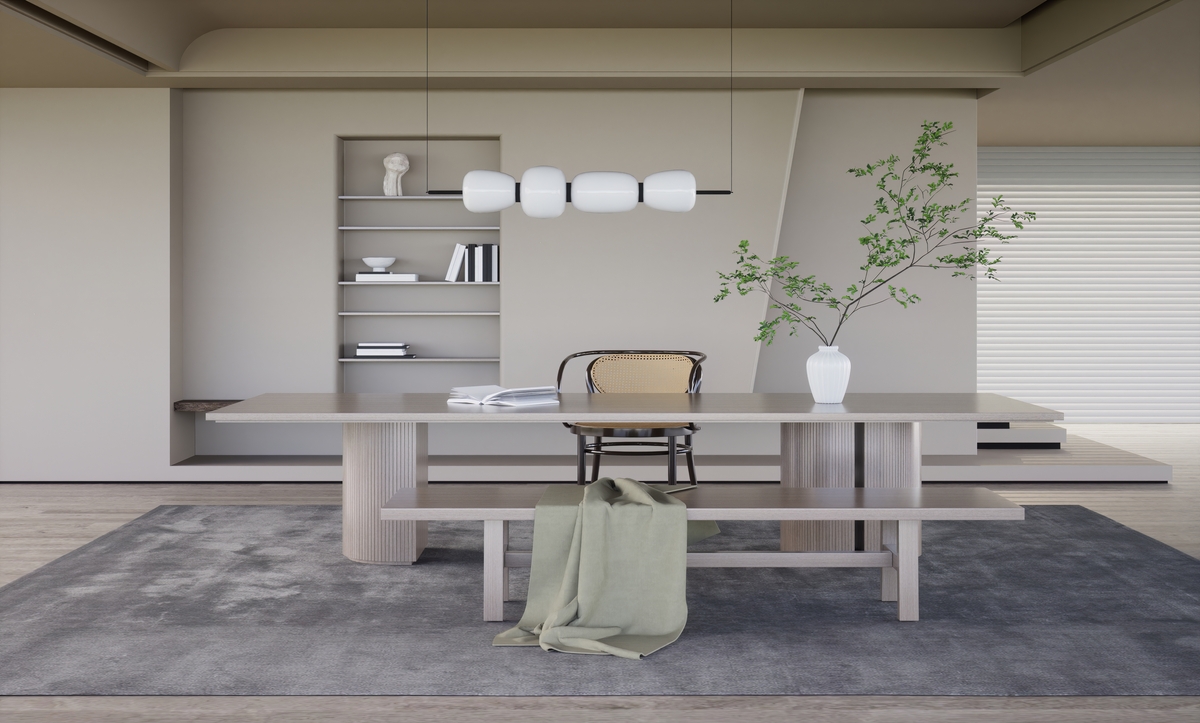
Urban Living Compatible
This style fits apartments, lofts, or modern city homes. It uses limited space wisely, with clever layouts and architectural impact.
Need for Identity
This interior speaks volumes. It doesn’t follow the crowd. It makes space personal without needing to be overly decorated.
11- How to Bring Constructivism Into Your Home
Work With Experts
Professional design guidance can help translate Constructivist ideas into your space without making it feel like a museum. Our team provides elite interior design service for unique spaces like this.
Start Small
Begin with a single room or feature. A concrete wall, geometric bookshelf, or monochrome palette introduces the style gently.
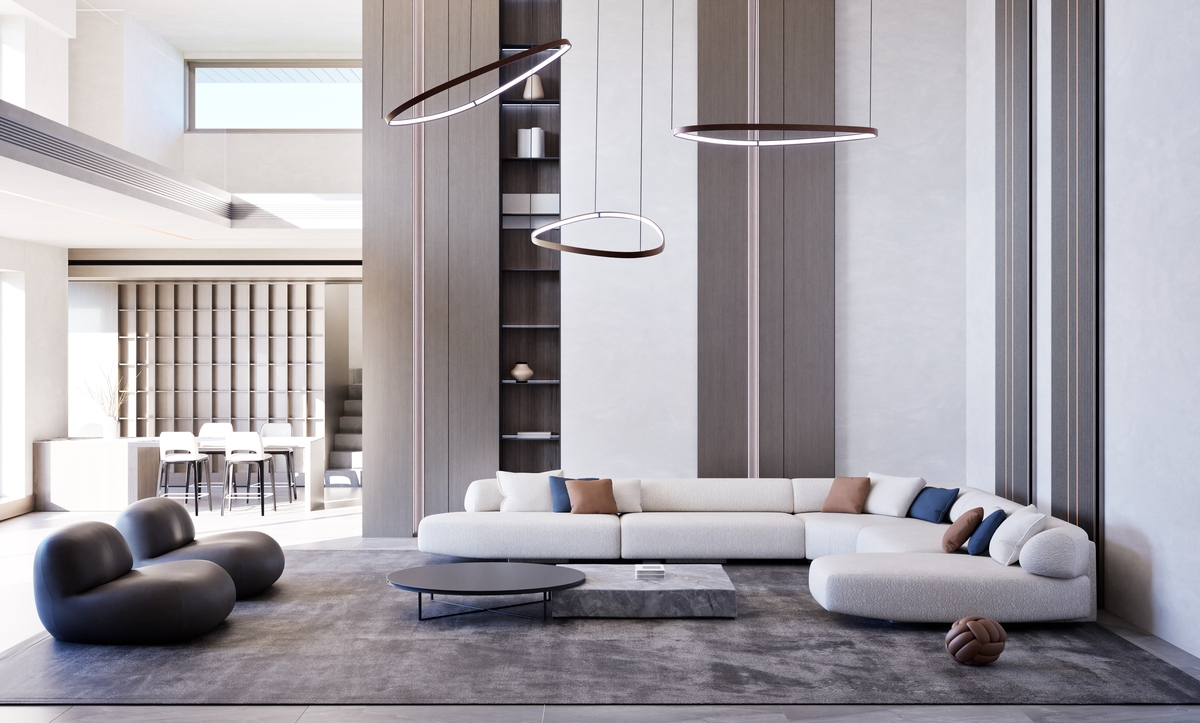
Use Strong Visual Anchors
Install large framed prints, metal structures, or lighting fixtures that define the tone. Let these pieces speak first before adding anything else.
Final Thoughts
Constructivism is bold, modern, and full of meaning. It isn’t a safe style—but that’s the point. It speaks to those who want more than just a pretty space. It’s for minds that think in angles, symmetry, and structure.
Whether designing from scratch or remodeling an existing space, this style offers strong identity. It’s not about filling rooms. It’s about building environments that speak through clarity, intention, and edge.
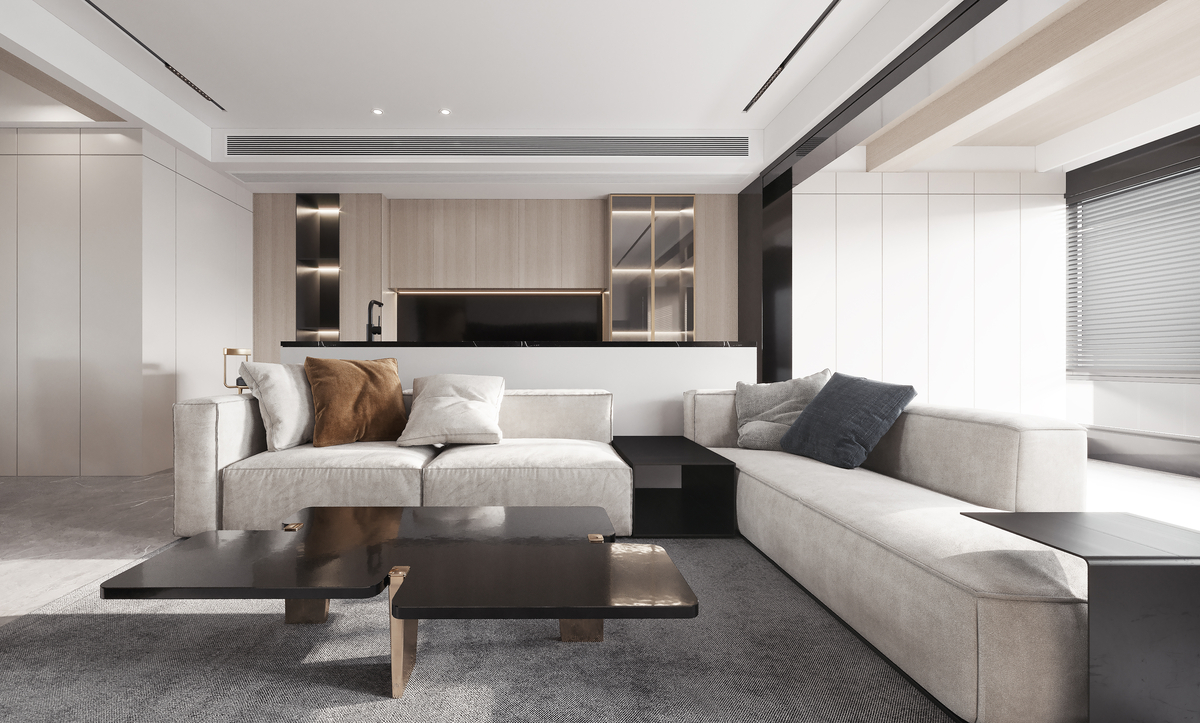
Ready to bring a Constructivist touch to your space?
Let’s help you create an interior that’s as bold and structured as your vision. Explore our elite interior design service and make your space a modern design statement today.